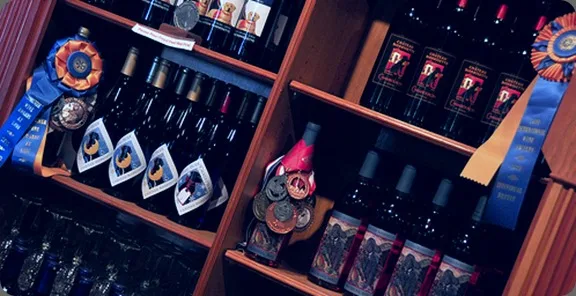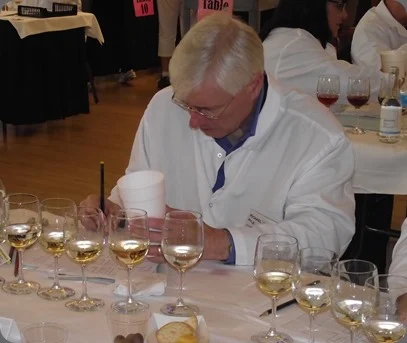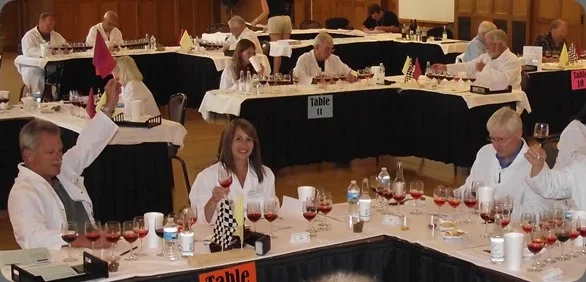By Dave Nershi, CSW, Vino-Sphere publisher
Judging A Book By Its Cover
Some information may be gleaned through word of mouth, social media or advertising. A wine consumer also has the information required on a wine label. Even so, hidden characteristics remain.
One way wine producers can inform potential buyers of the quality of their goods is by participating in (and winning medals at) wine competitions. French economists Emmanuel Paroissien of the University of Bordeaux and Michael Visser of University of Paris-Saclay examined the relationship between wine competition medals and the quality and price of your wine. In January, their research was released as an American Association of Wine Economists working paper: The Causal Impact of Medals on Wine Producers’ Prices and the Gains From Participating in Contests. (AAWE Working Papers are circulated for discussion and comment purposes. They have not been subject to a peer review process.)
The Link Between Competition Medals And Increased Wine Prices
The research provides good news for wineries participating in competition. Winning a medal has a strong effect on wine prices. Wine producers who win a gold medal can increase their prices by 13%. Garnering a silver or bronze medal allows a smaller increases, 4.4% and 4.2% respectively. According to Paroissien and Visser, the prestige of the competition makes a big difference, with awards at the most prestigious competitions allowing wineries to augment their prices with the largest markups.
Wine Judging, Medals And Wine Quality
Illustrating one difference, French regulations prohibit contests from awarding more than 33% of the participating wines. Some stick closely to this limit, while others are even more restrictive.
There is considerable cost to a wine producer to participate in a contest: entry fee, samples, etc. Is this something a winery, perhaps one with limited finances, should undertake? The research suggests that it is profitable to participate in certain competitions, especially the most prestigious ones, even if the probability of actually winning a medal is small.
While the research shows a strong connection between winning a wine competition and increased wine prices, the linkage between wine medals and wine quality is a different story. The authors comment, “Only a minority of contests attribute medals that are significantly correlated with quality.
These are primarily the ones founded a long time ago, and whose judges are required to evaluate relatively few wines per day.”
Photo credits: Wine medals - Susan Sharpless Smith Flickr via Compfight cc, Wine judging – Dave Nershi, Vino-Sphere
























